
The world’s shipping fleet is expanding at a rapid pace and adding to the congestion of shipping lanes, causing a significant increase in the cost of moving cargo.
A surge in seaborne trade over the last decade or so has been a key driver of global economic growth. Imports and exports have grown at a fast pace as companies have sought new markets and new suppliers to meet their fast-changing needs.
As a result, ocean freight volumes have soared as well. The boom has significantly increased the number of vessels on the high seas and put pressure on port facilities which are already operating at full capacity.
The problem will get worse. According to the LA Times Nearly a hundred ships are awaiting orders off the coast of southern California. This backlog is unprecedented, as there are so many containers on the pier in Long Beach that their contents could stretch the distance from Los Angeles to Chicago if set end to end, and that’s not including the containers that have already been emptied and are waiting to depart the ports. The snag is causing delays in the delivery of thousands of items such as medical supplies, clothing, and furniture.
How can we fix this problem, and what will happen to all of those half a million containers still stuck in the sea in Southern California? The ships are all waiting to enter the port of Los Angeles or the port of Long Beach .These are the 2 largest ports in the US and they’re some of the closest to Asia, where the US gets 67 % of the import from. The Port of Los Angeles saw 30 % of increase in cargo volume in the first 9 month of 2021.Thats because America has been spending more money on goods than on services since the pandemic began. The 2 spots have only 39 spots for container ships, and they’re all filled up. So now, on average, ships has been stuck for almost 18 ½ days and some even more. The AS Constantine was waiting for almost 2 months before it could unload. It was carrying 2000 containers full of hunting equipment. The crews are also stuck with vessels, partly because of covid restrictions. And even anchoring in a spot to wait isn’t easy. Ships waiting to dock have to be 2 miles apart and 2 miles from shallow water. Anchored ships can be a little closer but still have to keep their distance .And even when they finally dock, unloading can take days, The port of Los Angeles has 82 cranes, and each can unload one container per minute. Two third of these ships are much smaller vessels, averaging 5,000 TEUs or less. The ship of Zhong Gu Shan Dong, which holds about 3,400 containers. And workers can use up to 5 cranes to unload them. On the bigger side is the MSC Danit, which can stack up to 13200 containers unloading a ship can take about a week. Before the pandemic, it only took about 5 days at most. Getting the aging cargo off the docks is job no.1. And the countrywide worker shortage is only making matters worse. There’s just too much volume and not enough workers at every point in the supply chain. Ports need skilled people to operate the cranes moving containers off the ship and to drive top handlers that load containers onto trucks. And it takes specialized training to learn these skills. Warehouse job openings are also at an all time high.Brutal hours and poor working conditions are putting people off. And the US is short of 80,000 truck drivers, a record high.Low pay. Poor benefits, and long hours have pushed tons of drivers out of the industries. Some of these drivers can wait up to 8 hours in 5 mile lines just to pick containers all without pay. Most aren’t paid hourly. Instead, they paid per load. Each truck has to go through at least 3 lines at the ports. One to get in, one to pick up, and one just to leave. And even when they finally pick up the cargo, there is often no place to put it, because the warehouses are full too.
Around the Port of Southern California, only 1% of warehouse space is still available. And nationwide vacancy is only at 3.6 % the lowest since 2002.The backlog across the supply chain is so bad that president Joe Biden stepped in. He launched a deal for the port of LA and Long Beach to operate 24/7.Both Ports say that they will fine shipping companies 100 $ for every day a container stays over 9 days if the backlog doesn’t clears. That could apply to almost 60,000 Containers in southern California. But the expert says that won’t help and the fines have been delayed and that extra cost will likely trickle down to the customers, making everything more expensive. Inflation rates are already at their highest since 1990. Prices are up 6.2 %. Supply chain problems have a human cost too. People are working harder and longer to get things on the shelves. But there’s no real end in sight. Experts say that we could see this crisis stretch into 2023. Short of a complete stop in imports, these ships will just keep on coming.
Yes! The Reports can export to PDF format, Excel, Word Format etc.
Yes! B/L print outs can be taken in a Single click
Freight forwarders provide their customers with a range of services including consolidation, documentation, freight payment and customs clearance. The service is offered by freight forwarders who serve as an intermediary between the shipper and the forwarder’s transportation network.
The world is calling, but the struggle with complex international exports can be overwhelming. Shipping software allows you to:
Optimize systems: Automate operations, expand productivity, and increase accuracy.
To achieve global ordering: Track inventory in real time; compatibility with global networks; and make decisions based on data.
Enhanced customer service: Respond quickly, provide clear information, and rise above language issues.
Choose the right freight forwarding software to open your company to global growth.
Choosing the right freight software is like choosing your superhero gear – it empowers you to handle complex logistics and soar to new heights. Here are some basics to ensure your software is a real winner:
Effortless Shipping: Imagine recording, tracking and reporting on shipments with a few clicks. Your software may simplify these processes, freeing you up to focus on bigger things.
Simplified bookkeeping: Creating accurate quotes, invoices, and report cards is unlike paper invoices. Look for software that simplifies paperwork and keeps everything organized.
Strong customer relationships: A robust CRM system in your software allows you to manage customer interactions, send personalized communications, and foster strong relationships – the foundation of any successful business.
Data push decisions: Your software program can be your own record analyzer. Look for features that provide insightful analysis of overall performance, identify trends, and empower your company to make informed choices.
Easy conversation: Does your software play well with others? Integrating accounting, CRM and visit management systems improves information flow and eliminates accounting silos – a huge win for efficiency
By installing those essential components, you equip your logistics with the software muscle needed to overcome any system challenges and achieve breakthrough success
A quantity of steps are worried in integrating and employing freight forwarding software program (CargoNet) inside your commercial enterprise, these encompass:
Evaluation and Planning: Assess the existing freight forwarding processes in your organisation and discover regions to be stepped forward. Establish your precise requirements and dreams for imposing CargoNet software program application. Develop a plan of implementation along with timeframes, sources and key individuals.
Customization and Configuration: Collaborate with our implementation group in order to personalize the software program in line with the workflows or processes used by your very own organization. Set up configurations, user privileges, in addition to connections to other systems employed across your business enterprise.
Data Migration: Prepare your present day Freight Forwarding statistics for migration into CargoNet. Make certain that statistics is accurate and sound by way of purging it off old data even as formatting it efficaciously



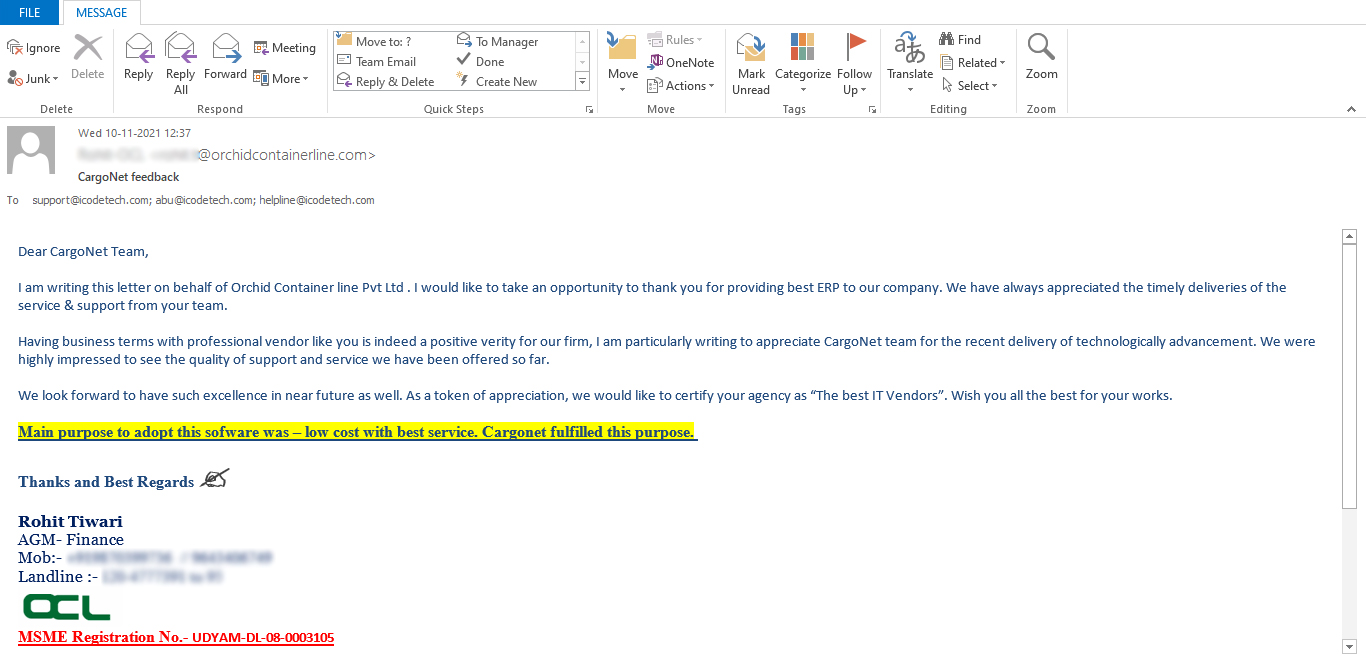
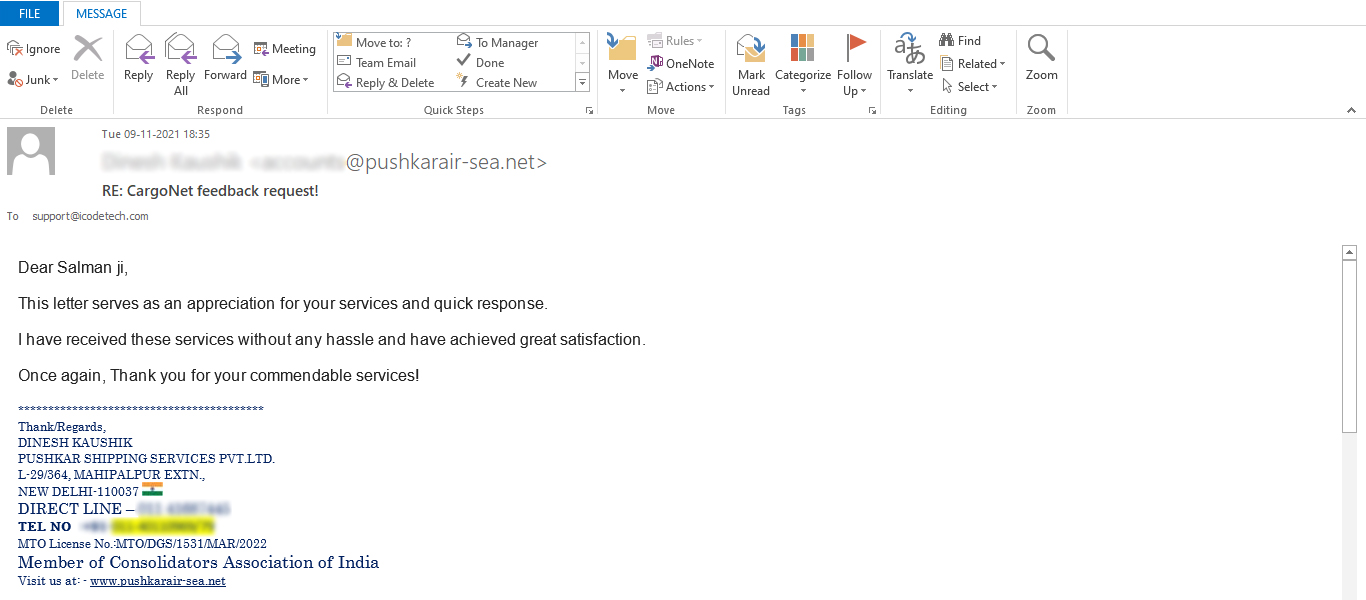
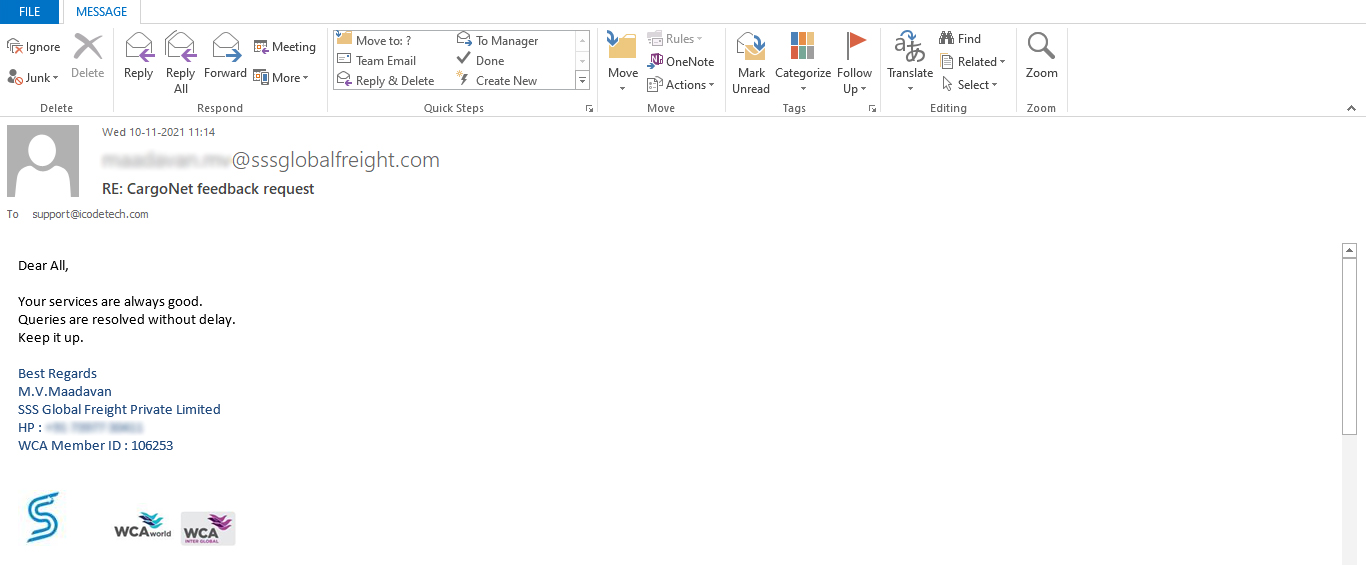
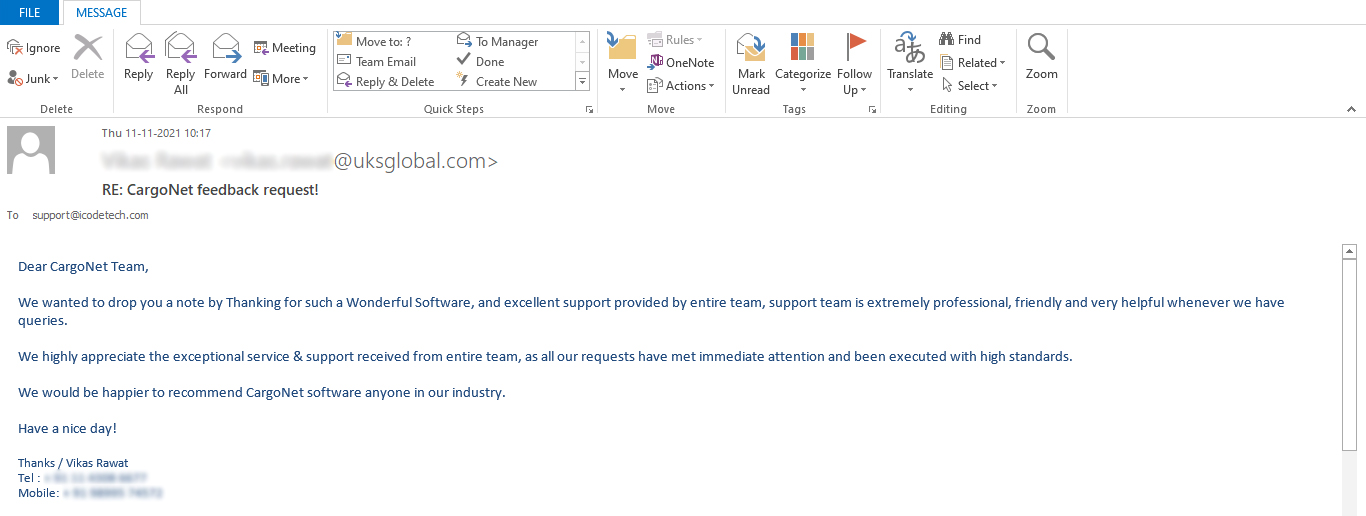
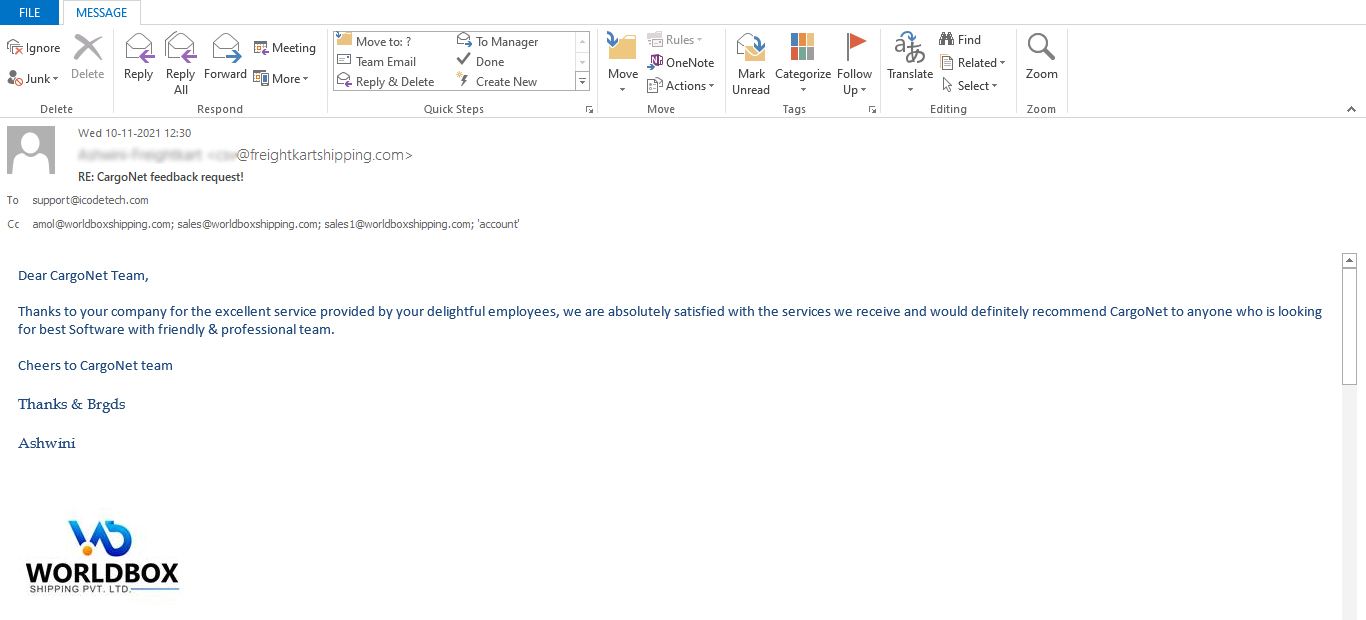
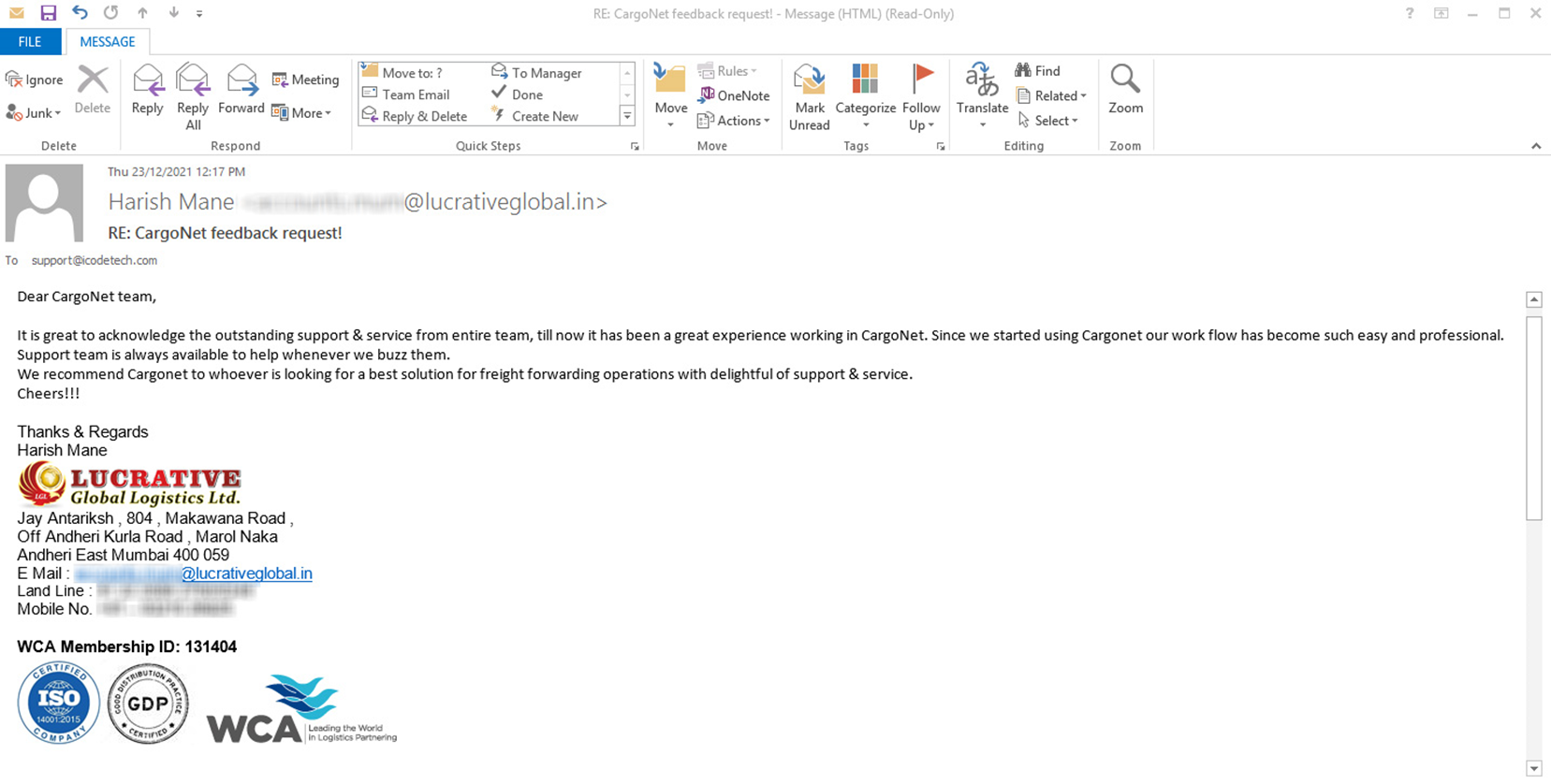
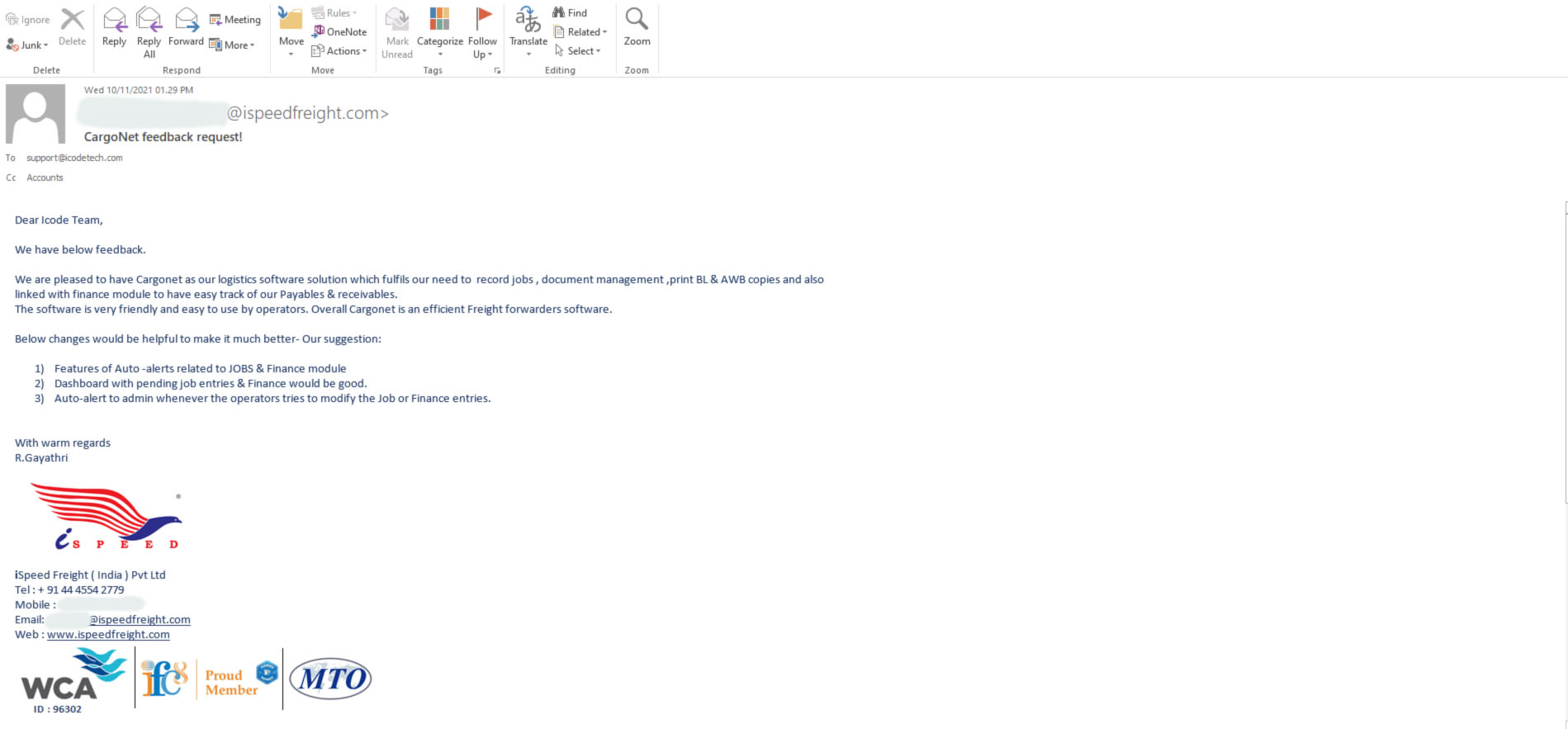
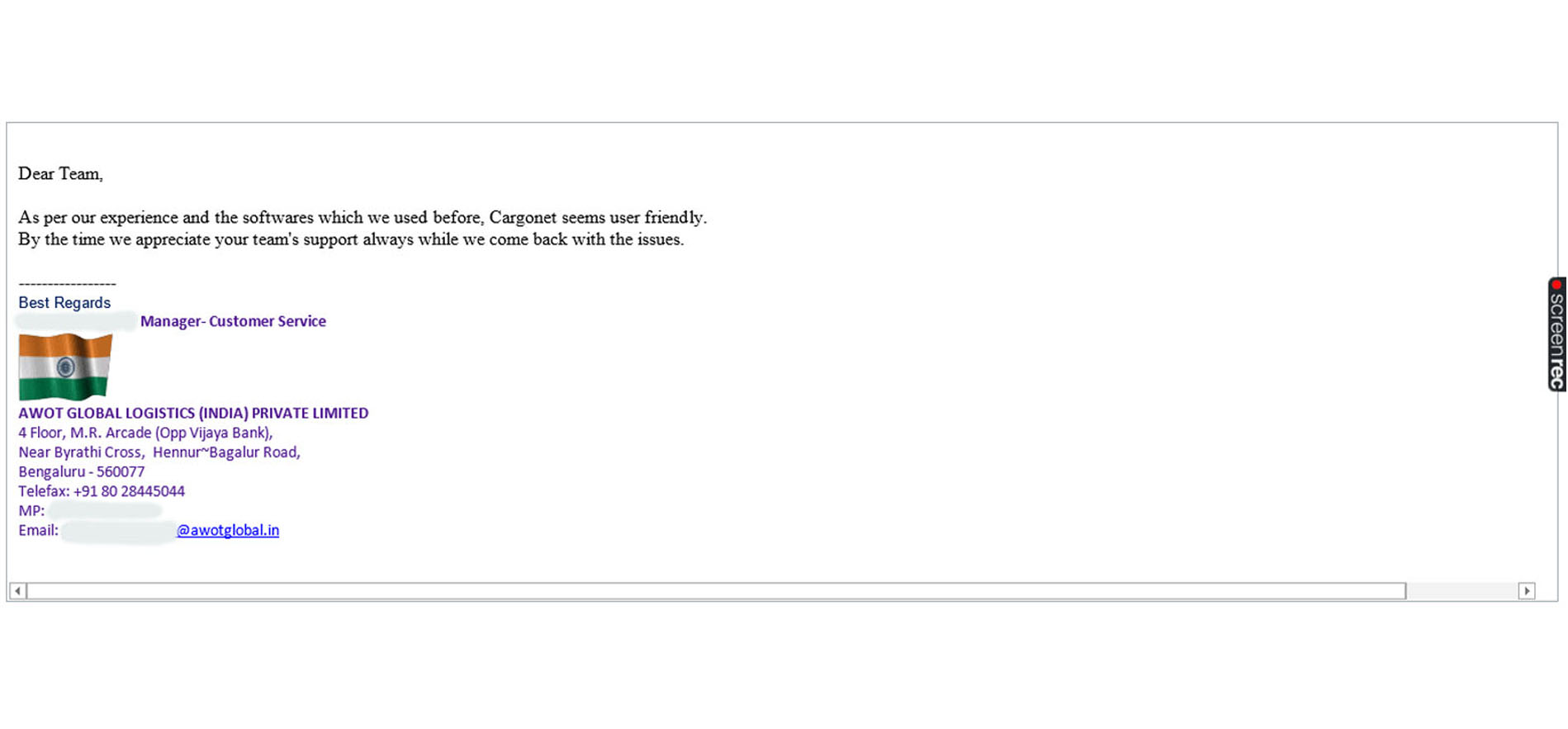

Share your information for instant access :